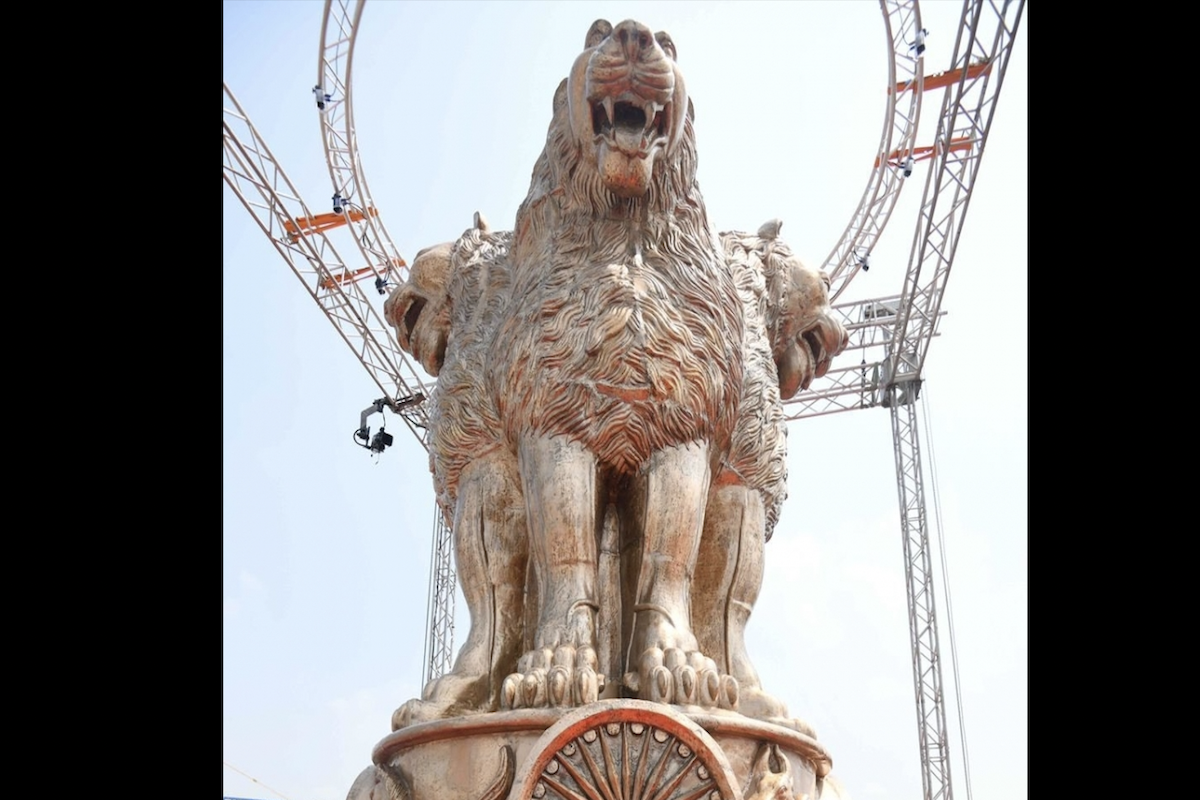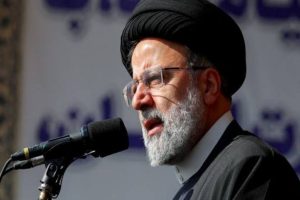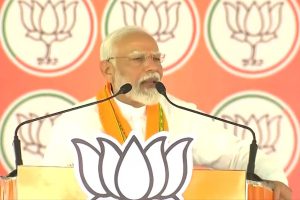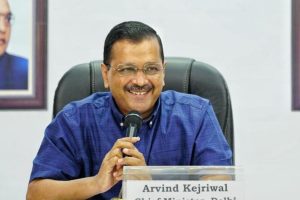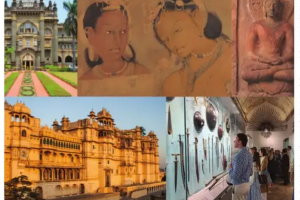The National Emblem of India on the roof of the new Parliament building is unique in its own way. There is no similar depiction of the emblem from the perspective of material and craftsmanship, anywhere else in the country.
The emblem is 6.5-metre tall, weight 16,000 kg and is made of high purity bronze. Over 100 artisans from various parts of India tirelessly worked on the design, crafting and casting of the emblem for over six months to bring out the quality that could be seen in the final installation.
The design of the national emblem is an adaptation from the Sarnath Lion Capital of Asoka which is preserved in the Sarnath Museum. The Lion Capital has four lions mounted back-to-back on a circular abacus. The frieze of the abacus is adorned with sculptures in high relief of an elephant, a galloping horse, a bull, and a lion separated by intervening Dharma Chakras.
The making of the emblem was a process full of dedication and hard work, involving almost all the sectors from technical to the manpower. A computer graphic sketch was made and based on that a clay model was created. Once approved by the competent authorities, the FPR Model was made. Then with the lost wax process, the wax mould and bronze cast was done.
Then a mould was made from the model, and the inside of this negative mould is brushed with melted wax to the desired thickness of the final bronze. After removal of the mould, the resultant wax shell is filled with a heat-resistant mixture.
For pouring bronze during casting and vents for the gases produced in the process Wax tubes were used and were fitted to the outside of the wax shell. Metal pins were hammered through the shell into the core to secure it. Next, the prepared wax shell was completely covered in layers of heat-resistant fibre reinforced plastic, and was placed in an oven.
While heating, the plaster dried and the wax ran out through the ducts created by the wax tubes. The plaster mould was then packed in sand, and molten bronze was poured through the ducts, filling the space left by the wax. The outer plaster and core were removed after the liquid was cooled down, and the bronze received the finishing touches.
Finally, the statue was polished and breezed and became ready with clear coat of protective polish and no paint to showcase the rich metal.
The installation of the emblem itself was a challenge as it was 32 metres above the upper ground level. Creating such an expression of the emblem needed dedication, meticulous supervision, and skilful installation — all depicting various elements of ‘Aatmanirbhar Bharat’. When seated on the top of the temple of our democracy – the Parliament building – it truly represents the paradigm of ‘for the people, by the people, of the people’.
(with inputs from IANS)

